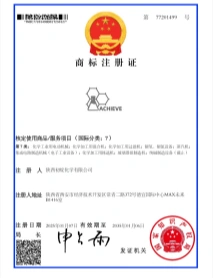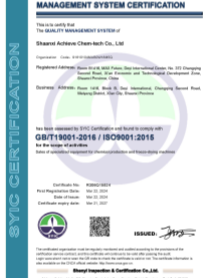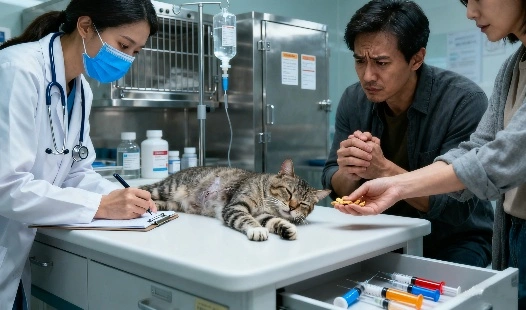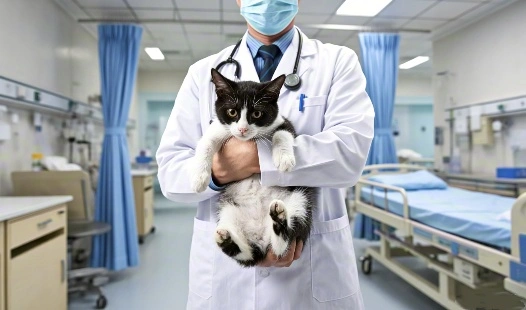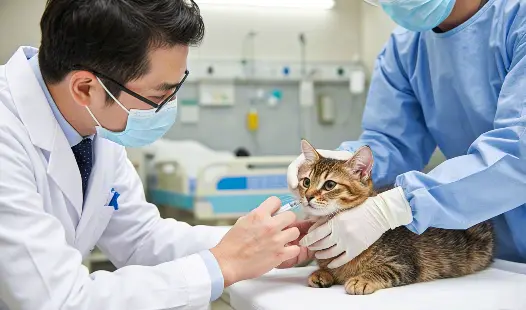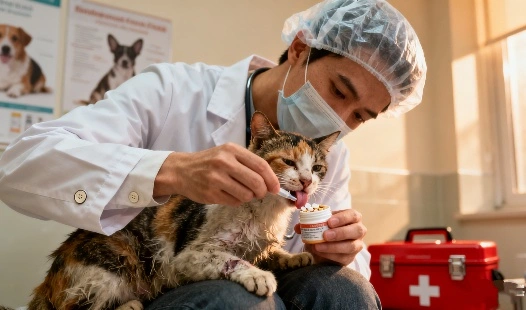Understanding the Science Behind FIPV in Cats
Viral Lifecycle: From Infection to Symptoms
The complicated and often fatal feline infectious peritonitis virus (FIPV) strikes cats all over the globe. Our knowledge of this illness is always evolving because to the advancements in veterinary research. Examining the viral lifecycle, genetic variables, and immunological response that FIPV generates, this article dives into the complex processes that underlie the virus. We may better approach GS-441524 FIP treatment and management techniques by understanding these scientific elements.
|
|
|
Viral Lifecycle: From Infection to Symptoms
Initial Infection and Viral Entry
The journey of FIPV begins when a cat encounters the feline coronavirus (FCoV), typically through exposure to infected feces. The virus initially targets the intestinal epithelial cells, using spike proteins on its surface to attach to and enter these cells.
Viral Replication and Spread
Once inside the host cells, FIPV hijacks the cellular machinery to replicate its genetic material and produce new viral particles. These newly formed virions then burst from the infected cells, ready to infect neighboring cells or be shed into the environment.
Mutation and Virulence
A critical point in the FIPV lifecycle is the mutation of the relatively benign FCoV into the more virulent FIPV. Understanding this process is essential for developing effective FIP treatment, as this transformation allows the virus to infect macrophages, leading to systemic spread and the hallmark inflammatory responses associated with FIP.
Genetic Susceptibility: Why Some Cats Develop FIP?
Breed Predisposition
Research indicates that certain cat breeds are more prone to developing FIP, suggesting a significant genetic component to disease susceptibility. Breeds such as Abyssinians, Bengals, Ragdolls, and Himalayans appear to have a higher incidence, although no breed is entirely immune. This predisposition may be linked to inherited differences in immune system function, which can affect how a cat responds to the feline coronavirus. Understanding breed-related risks helps veterinarians and pet owners identify cats that may need closer monitoring for early signs of FIP. Awareness of breed susceptibility can also guide breeding practices, with the goal of reducing the prevalence of genetic traits that may contribute to disease development.
Genetic Markers
Scientific studies have revealed that certain genetic markers can influence a cat's likelihood of developing FIP. Variations in genes that regulate immune responses, inflammation, and viral recognition may affect how effectively a cat can control the coronavirus before it mutates into FIPV. Some cats may carry multiple genetic variants that collectively increase their vulnerability, while others possess protective genes that lower risk. Identifying these markers through research and genetic testing can improve our understanding of disease mechanisms and may eventually help breeders and veterinarians make informed decisions to minimize the risk. Such insights also support the development of targeted preventive strategies or early interventions for high-risk cats.
Age and Immune System Development
Young cats, particularly those between six months and two years old, are more susceptible to FIP due to the ongoing development of their immune systems. During this period, their immune responses may not be fully mature, which can make it easier for the feline coronavirus to mutate into the virulent FIPV form. Early recognition of infection is crucial, as prompt medical attention and timely FIP treatment can significantly improve outcomes. Monitoring young cats for subtle changes in behavior, appetite, or overall health can help detect early signs of FIP. Understanding the role of age and immune system development is essential for both preventative care and designing strategies to protect vulnerable kittens and adolescent cats.
 |
 |
 |
Immune Response: The Double-Edged Sword
Initial Immune Activation
When FIPV infects a cat, it triggers a complex immune response. The innate immune system, including natural killer cells and interferons, provides the first line of defense against the virus.
Antibody-Dependent Enhancement
Paradoxically, the production of antibodies against FIPV can sometimes exacerbate the disease. This phenomenon, known as antibody-dependent enhancement, occurs when antibodies facilitate viral entry into macrophages rather than neutralizing the virus.
Cytokine Storm
In severe cases of FIP, the immune response can become dysregulated, leading to a cytokine storm. This overwhelming inflammatory response can cause widespread tissue damage and contribute to the clinical signs of FIP.
T-Cell Response and Viral Clearance
Effective control of FIPV infection relies heavily on a robust T-cell response. Cats that successfully clear the virus typically demonstrate strong cell-mediated immunity, highlighting the importance of this arm of the immune system in combating FIP.
Conclusion
Understanding the intricate science behind FIPV in cats is crucial for developing effective treatment strategies. From the viral lifecycle to genetic susceptibility and immune responses, each aspect plays a vital role in the disease's progression and potential management. As research continues, novel approaches to FIP treatment, such as the use of GS-441524, offer hope for improved outcomes in affected cats.
|
|
|
FAQ
1. Q: Can FIP be prevented through vaccination?
A: Currently, there is no effective vaccine against FIP. While vaccines exist for feline coronavirus, they have not been shown to protect against the development of FIP consistently.
2. Q: How does GS-441524 work in treating FIP?
A: GS-441524 is an antiviral compound that inhibits viral RNA synthesis. It interferes with the replication of the FIPV, potentially allowing the cat's immune system to clear the infection.
3. Q: Are certain cat breeds more susceptible to FIP?
A: While FIP can affect any cat, some breeds such as Abyssinians, Bengals, and Ragdolls have shown a higher incidence of the disease, suggesting a potential genetic predisposition.
Take Action: Protect Your Feline Companions with Advanced FIP Solutions
Everybody here at BLOOM TECH knows how terrible FIP is for cats and their owners. A high-quality GS-441524 for FIP treatment was developed by us as part of our commitment to improving feline health. We guarantee the greatest levels of purity and effectiveness with our cutting-edge production methods and stringent quality control. Your cat's health should not be jeopardised by FIP. Reach out to us at Sales@bloomtechz.com to learn more about our innovative solutions and how we can support your veterinary practice or research efforts in combating FIP. As a trusted GS-441524 manufacturer, we're here to partner with you in the fight against this challenging feline disease.
References
1. Pedersen, N. C. (2019). Feline infectious peritonitis: What every shelter needs to know. Journal of Feline Medicine and Surgery, 21(5), 409-418.
2. Addie, D. D., & Jarrett, O. (2006). Feline coronavirus infections. In C. E. Greene (Ed.), Infectious diseases of the dog and cat (3rd ed., pp. 88-102). Saunders Elsevier.
3. Kipar, A., & Meli, M. L. (2014). Feline infectious peritonitis: still an enigma? Veterinary Pathology, 51(2), 505-526.
4. Murphy, B. G., Perron, M., Murakami, E., Bauer, K., Park, Y., Eckstrand, C., ... & Pedersen, N. C. (2018). The nucleoside analog GS-441524 strongly inhibits feline infectious peritonitis (FIP) virus in tissue culture and experimental cat infection studies. Veterinary Microbiology, 219, 226-233.

Echo
9 years of experience in chemical articles; Doctoral degree; Organic Chemistry major; R&D-4 Dept; Technology support; R&D engineer
Anticipating your Business & Technology support inquiry
Please send us the products that interest you, and we will provide you with one-on-one service
Recommended Blog
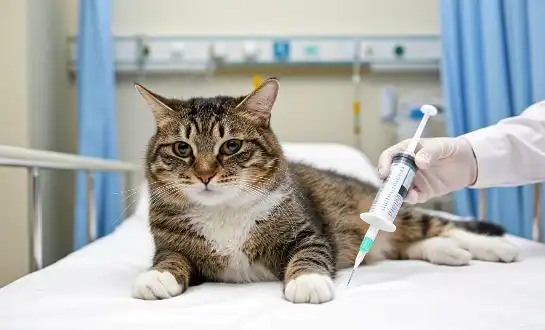
Top Reasons Why GS-441524 Treatment Fails: Common Mistakes to Avoid
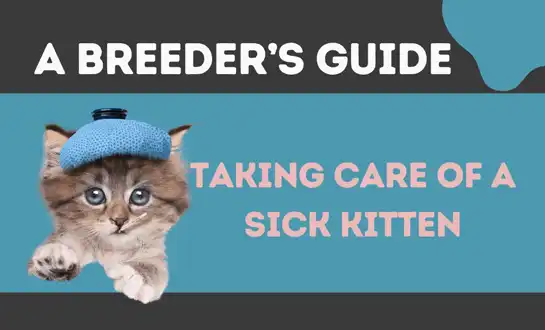
An FIP Cat's Treatment Diary: Tracking Changes Day-by-Day on GS-441524

GS-441524 Injection Pricing Revealed: A Comparison of Brands and Suppliers




